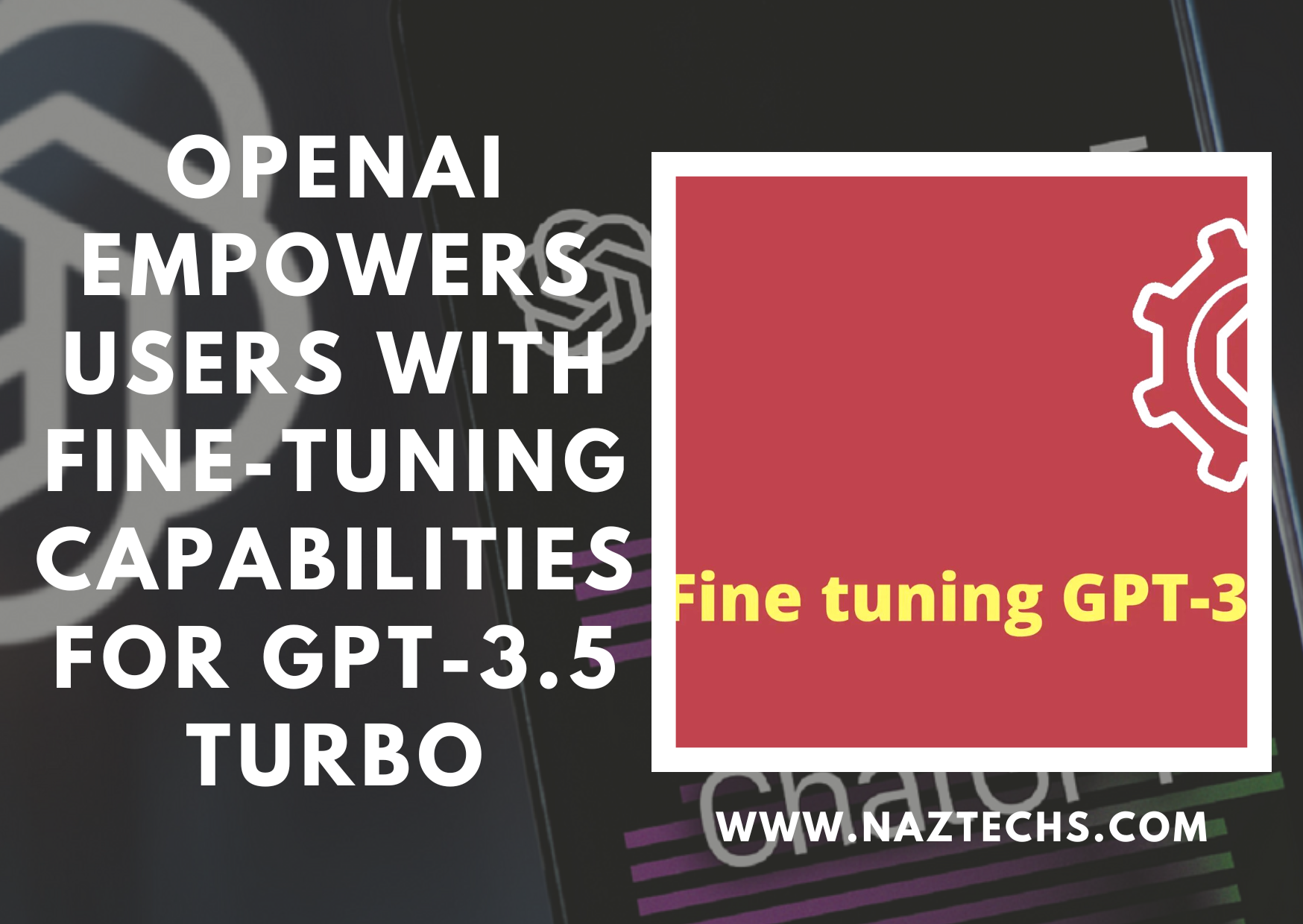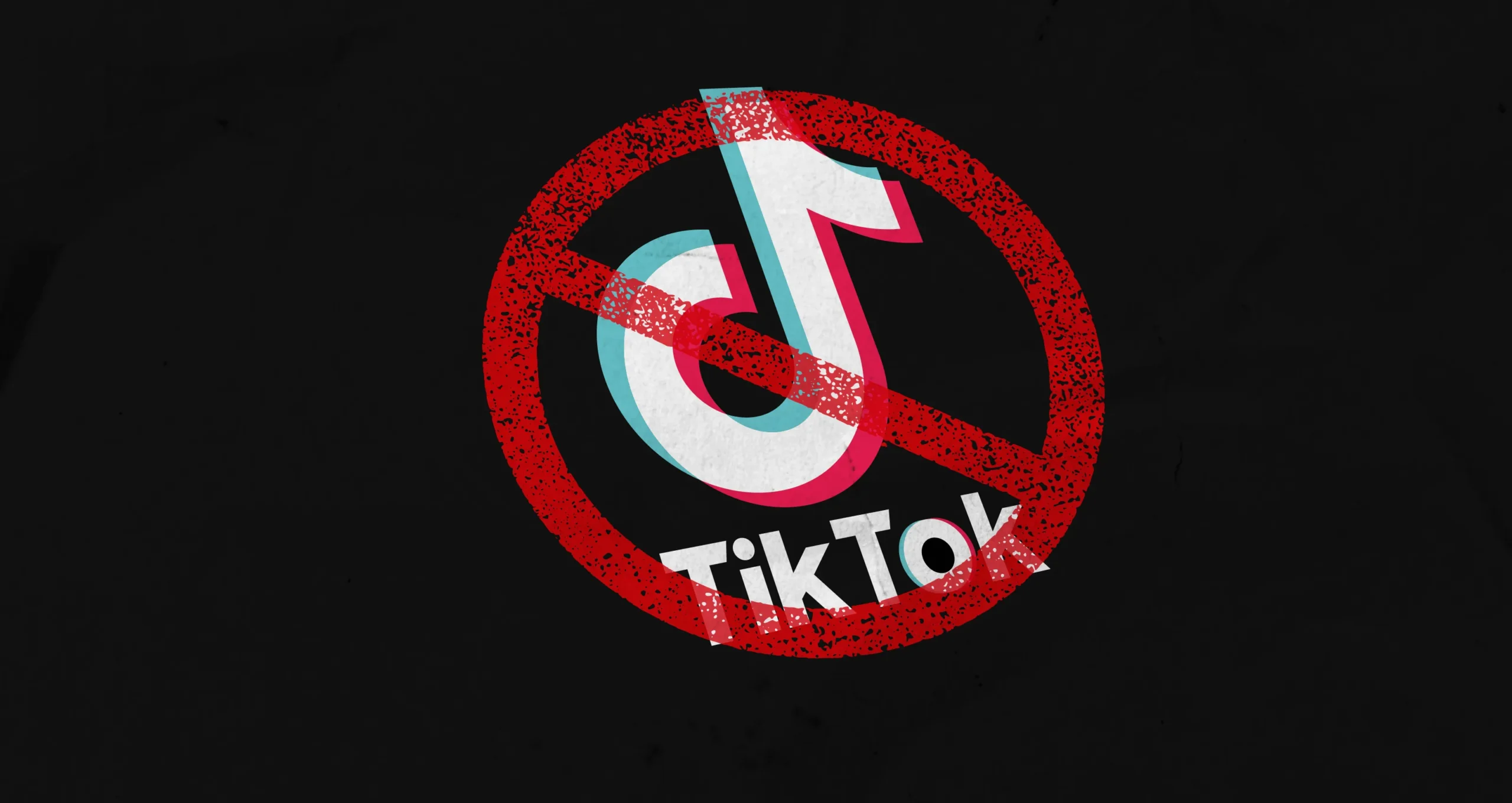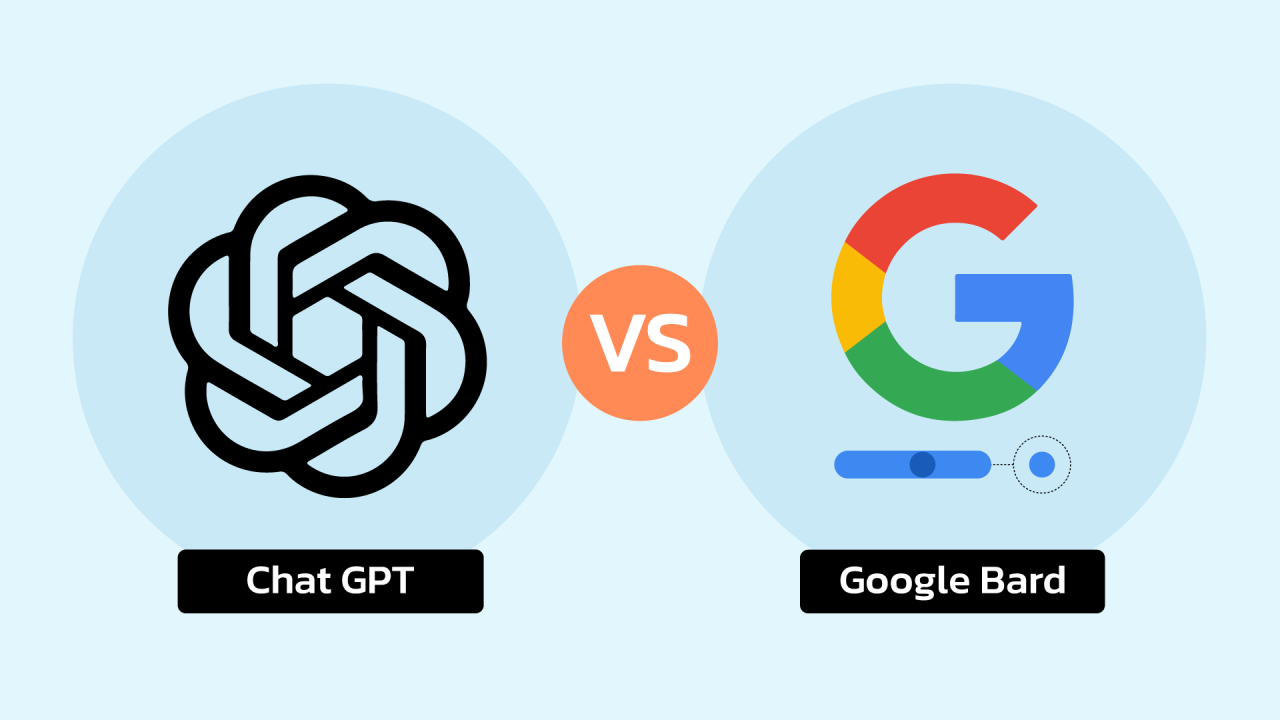OpenAI’s customers now have the capability to incorporate custom data into the lightweight version of GPT-3.5, known as GPT-3.5 Turbo.
This enhancement facilitates the enhancement of the text-generation AI model’s reliability while imbuing it with specific behaviors tailored to individual needs.
OpenAI asserts that finely tuned iterations of GPT-3.5 Turbo have the potential to match or even surpass the fundamental capabilities of GPT-4, the company’s flagship model, in certain focused tasks.
The company elaborates in a blog post, “Since the release of GPT-3.5 Turbo, developers and businesses have asked for the ability to customize the model to create unique and differentiated experiences for their users.
This update gives developers the ability to customize models that perform better for their use cases and run these custom models at scale.”
Through the fine-tuning process, organizations employing GPT-3.5 Turbo via OpenAI’s API can enhance the model’s adherence to instructions, such as ensuring it consistently responds in a particular language.
This approach can also refine the model’s consistency in formatting responses, such as completing code snippets, and refine the model’s output “tone” to align better with a specific brand or voice.
Additionally, fine-tuning empowers OpenAI’s users to reduce the length of their text prompts, accelerating API calls and lowering expenses. OpenAI notes, “Early testers have reduced prompt size by up to 90% by fine-tuning instructions into the model itself.”
Read Also: Top 10 Doorbell Companies 2023; Where To Buy From
To undergo fine-tuning, companies must prepare the necessary data, upload relevant files, and initiate a fine-tuning task through OpenAI’s API.
All fine-tuning data must go through a moderation API and a GPT-4-powered moderation system to ensure compliance with OpenAI’s safety standards.
The company plans to launch a fine-tuning UI in the future, accompanied by a dashboard for monitoring ongoing fine-tuning tasks.
The associated costs for fine-tuning are as follows:
– Training: $0.008 per 1K tokens
– Usage input: $0.012 per 1K tokens
– Usage output: $0.016 per 1K tokens
“Tokens” represent individual text components, for example, “fan,” “tas,” and “tic” within the word “fantastic.” OpenAI explains that a GPT-3.5 Turbo fine-tuning task involving a training file of 100,000 tokens, approximately 75,000 words, would incur a cost of around $2.40.
Read Also: Find My iPhone: How To Track and Secure Your Device
In parallel news, OpenAI has introduced updated GPT-3 base models (babbage-002 and davinci-002), which are also amenable to fine-tuning.
These models offer support for pagination and enhanced extensibility. As previously disclosed, OpenAI intends to retire the original GPT-3 base models on January 4, 2024.
Regarding GPT-4, OpenAI has stated that fine-tuning support for this model, which extends its understanding to images alongside text, will be introduced later in the fall, although exact details have not been provided.
Further Reading
OpenAI, the research organization behind the powerful language model GPT-3.5 Turbo, has recently announced a new feature that allows users to fine-tune the model with their own data. This feature enables users to customize the model for their specific use cases and run these custom models at scale. According to OpenAI, fine-tuning can improve the model’s performance, steerability, output formatting, and tone.
Fine-tuning is a process of adjusting the parameters of a pre-trained model with a smaller set of data that is relevant to a particular task or domain. For example, a user who wants to build a chatbot for a travel agency can fine-tune GPT-3.5 Turbo with data from travel websites, reviews, and conversations. This way, the user can make the model more knowledgeable and fluent about travel-related topics and queries.
To use the fine-tuning feature, users need to have access to the OpenAI API and a paid subscription plan. Users can then upload their data to the OpenAI Platform where they can specify the model name, the fine-tuning objective, and other options.
The platform will then train a custom model based on the user’s data and the base GPT-3.5 Turbo model. The training process can take from minutes to hours, depending on the size and complexity of the data. Once the training is done, users can access their custom model via the OpenAI API and use it for their applications.
OpenAI claims that fine-tuning can significantly improve the model’s performance on various tasks and domains. For instance, developers can use fine-tuning to ensure that the model always responds in a given language, reliably converts user prompts into formatted responses, or matches the tone of their brand voice. Moreover, fine-tuning can also reduce the prompt size and increase the token limit for each API call, which can speed up the response time and lower the cost.
However, fine-tuning also comes with some challenges and limitations. For one thing, users need to have enough high-quality data that is suitable for their use case and does not violate OpenAI’s safety standards. For another thing, users need to monitor and evaluate their custom models regularly to ensure that they are working as intended and do not produce harmful or biased outputs.
Furthermore, users need to be aware that fine-tuning is not a silver bullet that can solve all problems or guarantee perfect results. Fine-tuning is still dependent on the base model’s capabilities and limitations, and it may not work well for some tasks or domains that require specialized knowledge or reasoning.
In conclusion, fine-tuning is a new and exciting feature that empowers users with more control and flexibility over GPT-3.5 Turbo. It can help users create more customized and differentiated experiences for their users and customers. However, it also requires careful planning, preparation, and evaluation to ensure its effectiveness and safety. Fine-tuning is currently available for GPT-3.5 Turbo models, with support for GPT-4 models coming soon.









